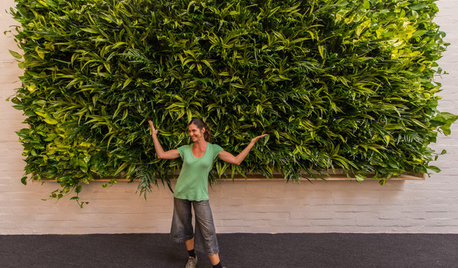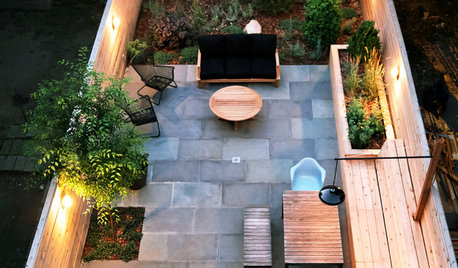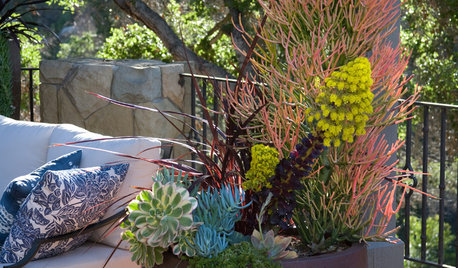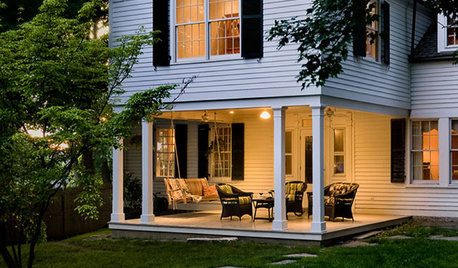What is your best 'bang for the buck' plant? ie, zuccini...
juliamay
14 years ago
Featured Answer
Sort by:Oldest
Comments (20)
mudsnake
14 years agoRelated Professionals
Glen Ellyn Landscape Architects & Landscape Designers · Manorville Landscape Architects & Landscape Designers · North New Hyde Park Landscape Architects & Landscape Designers · Manchester Landscape Contractors · Peabody Landscape Contractors · Deerfield Landscape Contractors · Hickory Hills Landscape Contractors · McLean Landscape Contractors · Saint Paul Landscape Contractors · Salem Landscape Contractors · South Farmingdale Landscape Contractors · White Bear Lake Landscape Contractors · Annapolis Siding & Exteriors · Augusta Siding & Exteriors · Rockford Siding & Exteriorshepatica_z7
14 years agoiam3killerbs
14 years agoeatsivy
14 years agomegmaine
14 years agotoogreen
14 years agospiced_ham
14 years agonovice_2009
14 years agotoogreen
14 years agospiced_ham
14 years agomid_tn_mama
14 years agowinnie850
14 years agocannellini
14 years agocarol_in_california
14 years agofreshair2townsquare
14 years agocaflowerluver
14 years agomike_marietta_sc_z8a
14 years agoRogerSan
11 years agoCPTK
10 years ago
Related Stories

HOUSEPLANTSHow to Add a Living Wall
Learn how to choose systems and plants, and what it will cost to bring a bit of the outdoors in or green up a garden wall
Full Story
MOST POPULAR16 Ways to Get More From Your Small Backyard
Make a tight or awkward yard a real destination with these design tricks from the pros
Full Story
DECORATING GUIDESMood Makers: Luxurious Looks on a Budget
Want a high-end look in your home but feeling choked by your budget? Try these pro decorator tips to give your rooms a luxe look for less
Full Story
FALL GARDENING12 Fabulous Fall Container Gardens
Celebrate the season with potted displays rich in color and texture
Full Story
WORKING WITH PROSWhat Do Landscape Architects Do?
There are many misconceptions about what landscape architects do. Learn what they bring to a project
Full Story
SELLING YOUR HOUSESave Money on Home Staging and Still Sell Faster
Spend only where it matters on home staging to keep money in your pocket and buyers lined up
Full Story
MATERIALSInsulation Basics: What to Know About Spray Foam
Learn what exactly spray foam is, the pros and cons of using it and why you shouldn’t mess around with installation
Full Story
MOST POPULARDecorating 101: How Much Is This Going to Cost Me?
Learn what you might spend on DIY decorating, plus where it’s good to splurge or scrimp
Full Story
SELLING YOUR HOUSEThe Latest Info on Renovating Your Home to Sell
Pro advice about where to put your remodeling dollars for success in selling your home
Full Story
GREAT HOME PROJECTSHow to Add a Window Seat
Get a comfy, cozy spot with a view — and maybe even extra storage too
Full StorySponsored






grubbyknees